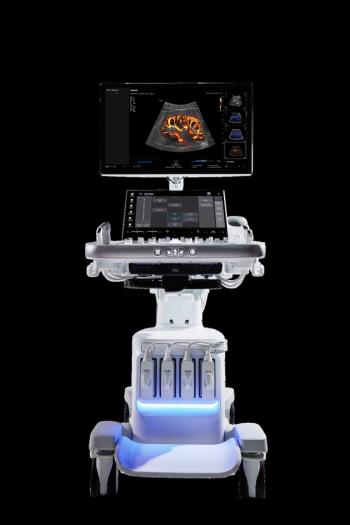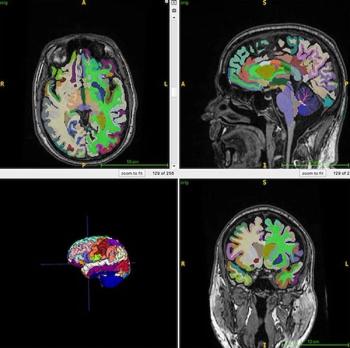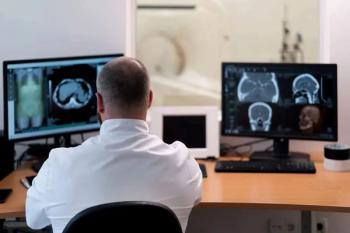
Low Dose CT for Lung Cancer May Assess Risk for Cardiovascular Event
Patients undergoing low dose CT chest screening for lung cancer may also be assessed by automated coronary artery calcification scoring.
Patients undergoing low-dose computed tomography (CT) chest screening for lung cancer may also be automatically assessed for their risk for a cardiovascular event with the use of automated coronary artery calcification scoring, according to the results of a study published recently in
Cardiovascular disease is a major cause of mortality in heavy cigarette smokers, according to study author Ivana IÅ¡gum, PhD, of the University Medical Center Utrecht, the Netherlands. Results of the National Lung Screening Trial showed that cardiovascular disease was the first cause of death among patients, and results of the NELSON lung cancer screening study showed that 30 percent of deaths were caused by cardiovascular disease.
IÅ¡gum and colleagues showed in a prior study of patients enrolled in NELSON that patients at risk for cardiovascular disease could be identified based on coronary and aortic calcium scoring.
[[{"type":"media","view_mode":"media_crop","fid":"24066","attributes":{"alt":"","class":"media-image media-image-right","id":"media_crop_6973042926467","media_crop_h":"0","media_crop_image_style":"-1","media_crop_instance":"2029","media_crop_rotate":"0","media_crop_scale_h":"0","media_crop_scale_w":"0","media_crop_w":"0","media_crop_x":"0","media_crop_y":"0","style":"float: right; border-width: 0px; border-style: solid; margin: 1px;","title":" ","typeof":"foaf:Image"}}]]
“Manual calcium scoring in screening chest CT data is cumbersome, mostly because of the low radiation dose resulting in high noise levels and cardiac motion,” IÅ¡gum said. “Hence, manual scoring in large data sets, as required in screening, would be labor intensive and, therefore, expensive.”
The possibility of performing automatic coronary calcium scoring in lung cancer screening programs might allow identification of patients who are at high risk of experiencing a cardiovascular event, without additional costs and without additional radiation burden for the participants.
This study of automated scoring included 1,793 low-dose CT chest scans. All of the scans were analyzed using the preliminary version of the evaluated algorithm for automated calcium scoring in order to establish a reference standard. Then, each scan was analyzed manually by one of four trained raters, and if necessary, the raters corrected the errors of the algorithm. Finally, the coronary artery calcium scores were automatically quantified.
When analyzing the results, the researchers had to discard 44 scans for beam hardening artifacts or gross segmentation errors. Based on the reference scores, the median Agatston score was 55.8, the median volume score was 87.4 mm3 and the median number of calcifications was 3. Based on the automated scores, the median Agatston score was 39.6, the median volume score was 60.4 mm3 and the median number of calcifications was 2.
According to the Bland-Altman plots the automated score quantification underestimated calcium score values and the number of calcifications.
“For Agatston risk categories the linearly weighted kappa demonstrated very good reliability (κ= 0.85),” the researchers wrote. “For continuous values, despite underestimation coronary artery calcium scores by automated quantification, the intraclass correlation coefficient was very good for Agatston score (0.90), very good for calcium volume (0.88) and good for number of calcifications (0.64).”
“The study at hand evaluated the algorithm in a large data set and demonstrated its robustness,” IÅ¡gum said. “Nevertheless, the performance is not yet at the level of human operator and that is certainly our next aim.”
If developed further, this automatic scoring system could identify patients at risk for cardiovascular disease allowing them to be referred for preventive care, IÅ¡gum said.
Newsletter
Stay at the forefront of radiology with the Diagnostic Imaging newsletter, delivering the latest news, clinical insights, and imaging advancements for today’s radiologists.



























